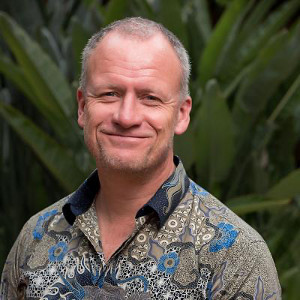Description
The objective of this project is to reduce the cost of climate change induced drought on Kenya’s national economy by increasing resilience of the livestock and other land use sectors in restored and effectively governed rangeland ecosystems. The project contributes to improved adaptation to climate change of Kenya’s national policy of “Ending Drought Emergencies”, as outlined in “Kenya Vision 2030”. The project aims to strengthen climate change adaptation in Kenya’s arid and semi-arid lands (ASALs). ASALs occupy 89% of the country and are home to about 36% of the population and 70% of the national livestock herd. Livestock contributions account for 80% of household incomes in arid lands and 65% in semi-arid lands. Drought has been shown to reduce economic growth in Kenya by 2.8 percentage points per year for three years (from 5.2% to 2.4%), with 72% of the losses concentrated in the livestock sector. Frequency and intensity of drought is increasing as a result of climate change.
The project is being implemented in 2 landscapes encompassing 11 counties, which have devolved powers under Kenya’s new constitution. The project will benefit 620,000 people in 104,000 households and will protect or restore 500,000 hectares of rangelands in a landscape of 2.5 million hectares. The target landscapes are dry season grazing areas: critical resource zones that provide refuge during periods of drought. Their existence depends on availability of permanent water, which makes them hotspots for resource competition and land use change. They are used seasonally by large numbers of livestock keepers, often from multiple ethnic groups, following customary governance practices. Customary institutions have become weakened, leading to break down in natural resource governance, degradation of resources, and escalating conflict. The target landscapes face challenges of weak capacities for landscape planning, poor access to climate data and analysis, and low access to markets and financial services.
The project addresses this through three components:
• Component 1: Climate change adapted planning for drought resilience
• Component 2: Restoration of rangeland landscapes for ecosystem-based adaptation
• Component 3: Climate change resilient ecosystem management for investments





















